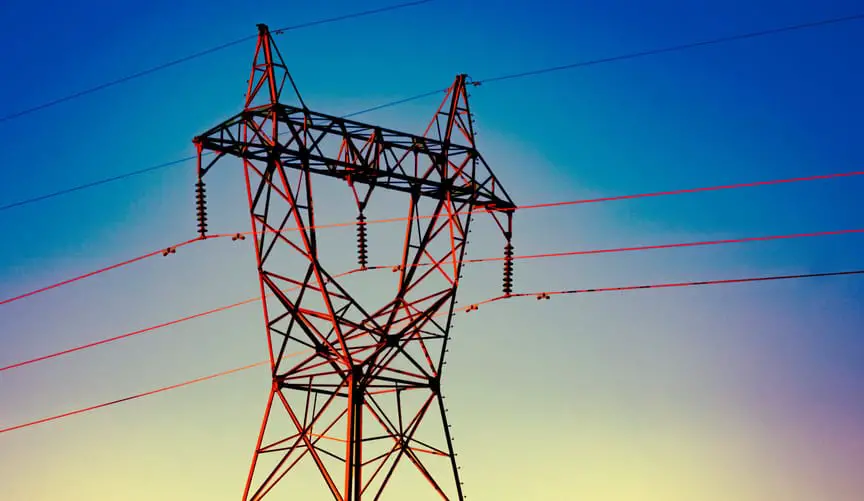The rapid expansion of artificial intelligence (AI) has led to a surge in the establishment of data centers, essential for processing vast amounts of information. However, this growth may come at a cost to the reliability of the United States power grid, as highlighted in a recent Bloomberg report.
Data Centers and Power Grid Distortion
The report utilizes data from Whisker Labs, which monitors over one million residential sensors, in conjunction with insights from DC Byte, a market intelligence firm. The findings reveal that more than half of the households experiencing significant power distortions are located within a 20-mile radius of major data center operations. This proximity indicates a potential correlation between the intensity of data center activity and the prevalence of “bad harmonics,” a term that refers to suboptimal electrical power flow affecting home electronics and appliances.
Implications of 'Bad Harmonics'
The term "bad harmonics" encompasses disturbances in the electrical supply that can lead to serious issues. According to Bloomberg’s report, the implications of distorted power can include:
- Damage to Appliances: Prolonged exposure to inconsistent electrical flow may severely harm electronic devices.
- Increased Fire Risks: Fluctuating power could elevate the likelihood of electrical fires in affected homes.
- Blackouts and Brownouts: The pressure on the grid could culminate in power outages, disrupting daily life and operations.
Energy Demands of AI Data Centers
AI data centers are particularly concerning due to their unpredictable energy consumption. Aman Joshi, Chief Commercial Officer at Bloom Energy, emphasized that no power grid is equipped to manage such load fluctuations, especially when multiple data centers demand energy simultaneously. “No grid is designed to be able to handle that kind of load fluctuation for one data center, let alone for multiple data centers at the same time,” Joshi stated.
Utility Provider Reactions
Notably, reactions from utility providers reflect skepticism regarding the claims made by Whisker Labs. A representative from Commonwealth Edison, based in Chicago, expressed strong doubts about the validity and foundational assumptions behind the reported findings. This discourse highlights the ongoing debate regarding the impact of AI data centers on local power infrastructure.
Understanding the Broader Context
The implications of this situation extend beyond mere technical challenges; they raise essential questions about future energy policies and the sustainability of our power grid. As the demand for AI-driven services escalates, it will be crucial to examine how this growth intersects with power supply viability and grid resilience.
Key Factors to Consider:
- Infrastructure Investment: There may be a pressing need for significant upgrades to the electrical grid to ensure it can handle the increasing load from AI data centers.
- Sustainable Energy Solutions: Implementing renewable energy sources and enhancing energy efficiency could mitigate some of the adverse effects on the power grid.
- Policy Development: Regulations may be required to guide the responsible growth of AI data centers, ensuring their energy needs do not jeopardize household power reliability.
Conclusion: A Need for Vigilant Oversight
As the demand for AI technologies continues to rise, the intersection between data centers and the power grid warrants thorough analysis and proactive management. Enhanced monitoring, infrastructure investment, and the development of sustainable energy policies will be vital in ensuring that the growing energy demands do not distort the nation's power supply or compromise residential safety. The conversation between utility providers, data center operators, and policymakers must continue to evolve to address these complex challenges effectively.
In conclusion, while AI promises numerous benefits, it is essential to navigate the associated energy demands carefully. Balancing innovation with sustainable practices will ultimately determine the resilience of our power grid amidst technological advancements. Robust strategies and collaboration across sectors are necessary to foster a future where both AI growth and electrical reliability can coexist harmoniously.
